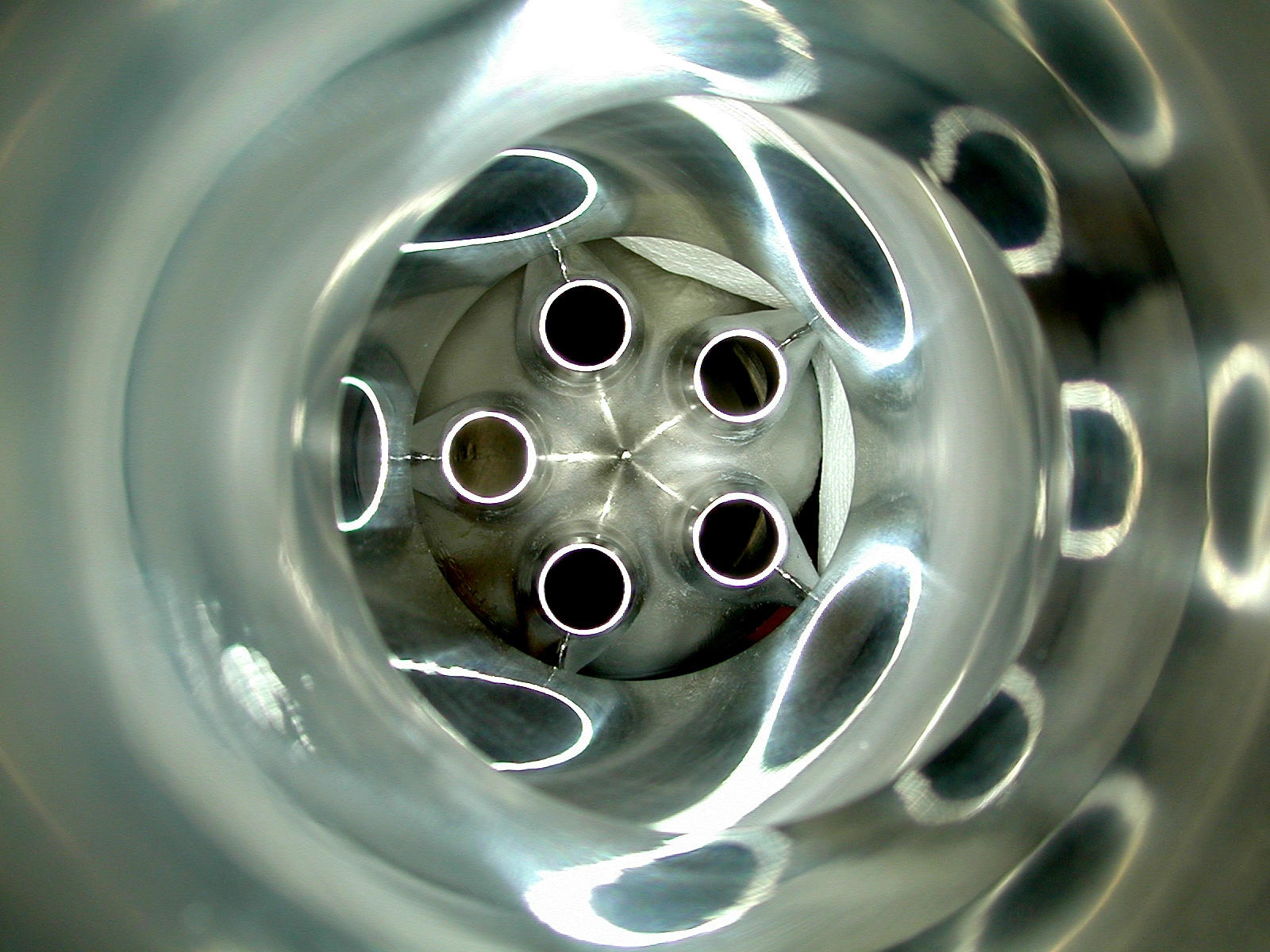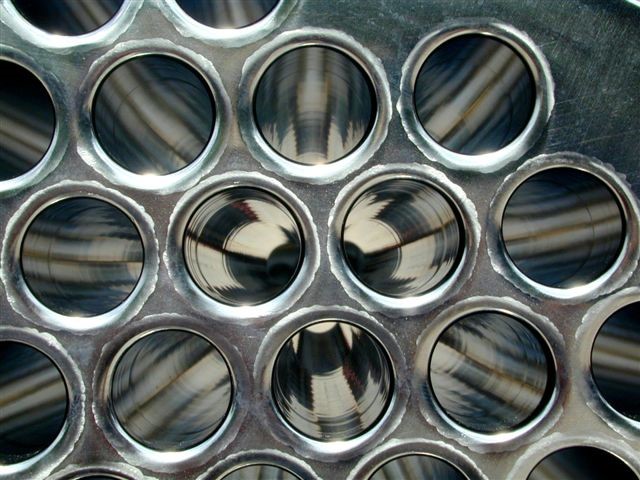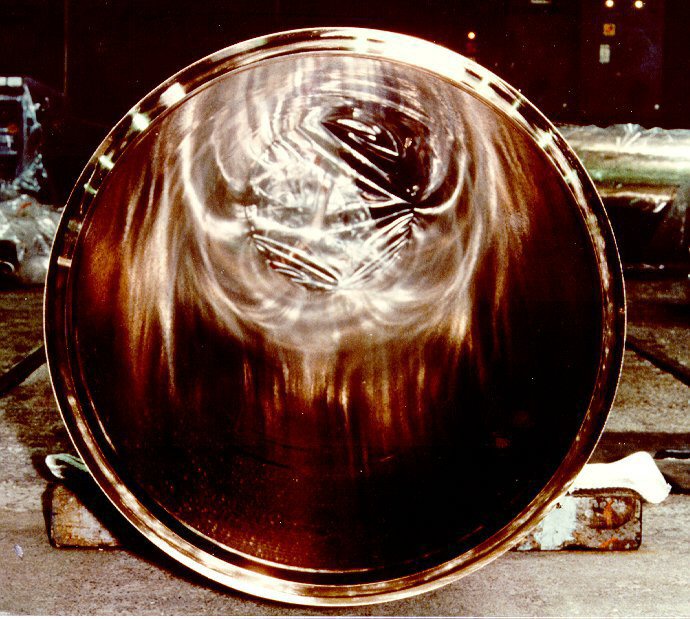EPRI Stabilized Chromium Process (SCrP)
A Proven Method
- Proven radiation buildup or dose rate reduction factors from 10 to 200
- Reduce future replaced component disposal cost
- Durability proven through full-scale in-plant testing
Suitable for new component pre-treatment including:
- Steam generator channel heads
- Manway diaphragm plates
- Pump components
- Heat exchangers
- Piping
- Valves
- Process radiation monitor chambers
- Other primary system components
Unique Features
Steam generator manway diaphragms and coolant piping have been successfully treated using this process. Most recently, RSI applied this treatment to more complex geometries for TVA's Browns Ferry 1 restart project. Successful applications include pump components and valves.
Utilities seeking to minimize occupational exposure should consider applying stabilized chromium to all new or replacement components that will be exposed to liquid radioactive contamination. For replacement steam generators, the stabilized chromium can be applied either at the steam generator fabricator's facility or at a utility site.
Background

A cooperative program between the Electric Power Research Institute (EPRI), RSI and the Belgian utility operating the Doel plants studied various surface pretreatment techniques for reducing out-of-core radiation level buildup. The program involved exposure of pre-treated coupons made from pressure water reactor (PWR) coolant system materials. The coupons were placed on both the hot leg and cold leg manway diaphragm plates in the Doel-2 steam generators.
Early test results showed there was a distinct advantage in first electropolishing the surface to reduce the actual surface area, thereby leaving it in a clean, microscopically smooth state.
Additional studies demonstrated that after electropolishing, pre-filming the electropolished surfaces further reduced corrosion and deposition onto the surface. A technique of first applying a thin chromium film and incorporating the chromium into a protective oxide coating (stabilizing) proved very successful in early testing at Doel, with up to twenty-fold reductions in activity buildup on the surfaces. Of all the surface pretreatment techniques tested, a stabilized chromium film produced the most beneficial results.
Applications
Pretreatment for new and decontaminated primary system components, such as:- Steam generator manway diaphragms
- Steam generator channel heads
- BWR and PWR primary and auxiliary system piping, valves, pumps, and radiation monitor chambers
Description

The process involves the controlled incorporation of a thin chromium layer into a passive oxide film on new primary system components prior to exposure to radioactively contaminated liquids.
Stabilized Chromium Process
The basic SCrP includes the following steps:- Electropolishing the component surface
- Application of chromium
- Controlled heat-up to minimize thermal stresses
- Incorporation of the chromium into an oxide boundary layer through exposure to hot moist air
- Controlled cool down
The beneficial effect and longer term stability of the SCrP was verified during the last two fuel cycles at Doel. Additional testing of the SCrP was sponsored by EPRI and subsequently patented. These tests included full-scale applications on residual heat removal replacement piping at a PWR plant, and on the manway diaphragm plates of the replacement steam generators at another plant and test pieces in the reactor clean-up piping of a BWR. In all cases, the full-scale application of stabilized chromium success continues to demonstrate reductions of activity buildup on primary surfaces.

